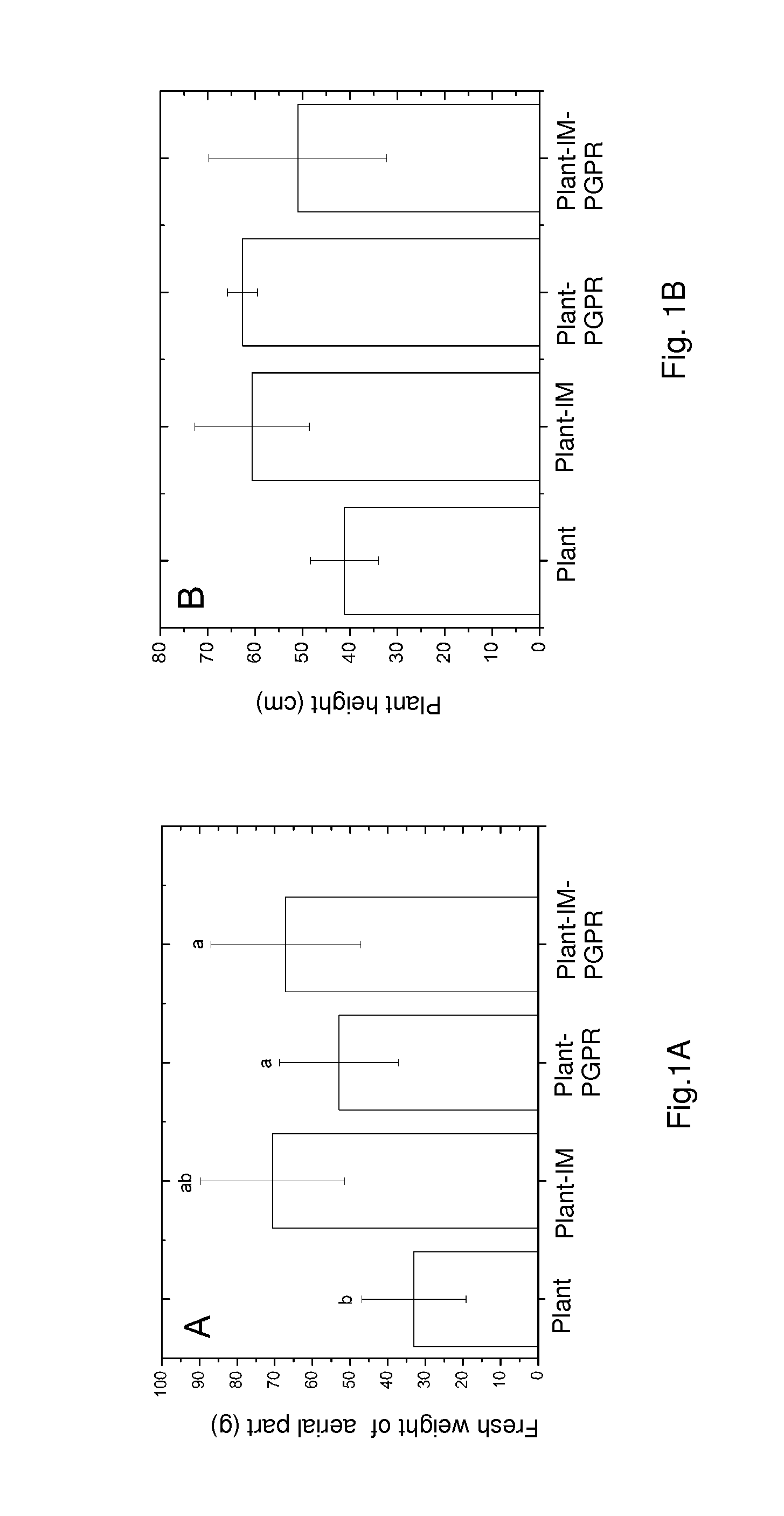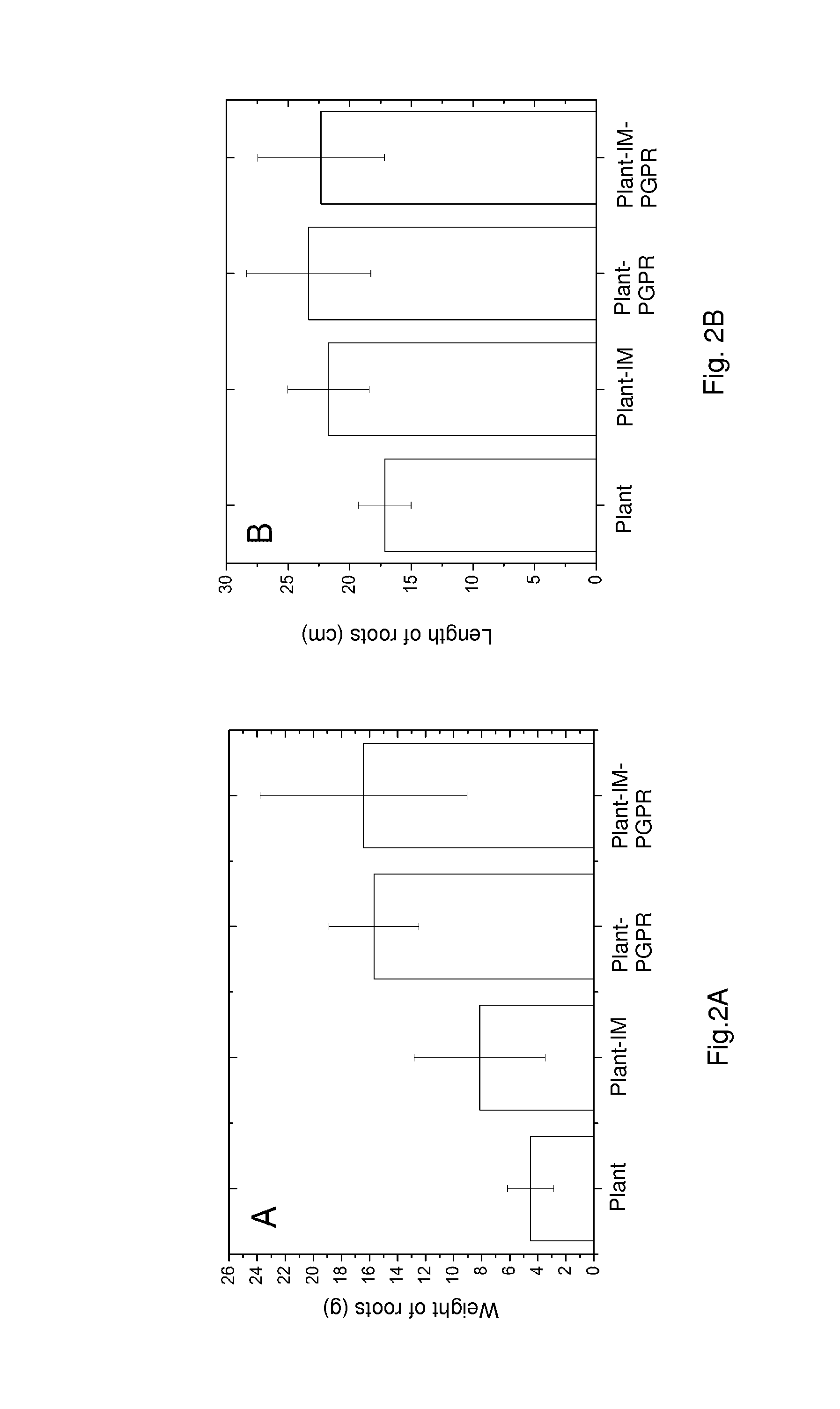Enhanced combination method for phytoremediation of petroleum contaminated soil by Impatiens balsamina L. associated with the indigenous microorganisms
- Summary
- Abstract
- Description
- Claims
- Application Information
AI Technical Summary
Benefits of technology
Problems solved by technology
Method used
Image
Examples
example 1
Pot Culture Experiment of Impatiens balsamina L. Inoculated with Microorganism in Greenhouse
[0064]The example adopts a greenhouse pot culture experiment. The experiment is located in a greenhouse of Nankai University. The original petroleum contaminated soil in this experiment is taken from Shengli oil field in Dongying, Shandong province of China. The original petroleum contaminated soil and clean soil are sieved by 10 mesh and uniformly mixed according to a certain proportion, so as to prepare experimental petroleum contaminated soil with a mass concentration of 1% (10,000 mg / kg). Then the experimental petroleum contaminated soil is prepared for 3000 g each pot. Mixed microbes adopt 3 strains of bacteria: Bacillus subtilis, Bacillus licheniformis and Bacillus polymyxa, and 2 strains of fungi: Trichosporon behrend, and Candida tropicalis, 5% of the humic acid related to the contaminated soil was added into the contaminated soil, each gram of humic acid includes 5×109(cfu) Bacillus ...
PUM
 Login to View More
Login to View More Abstract
Description
Claims
Application Information
 Login to View More
Login to View More - R&D
- Intellectual Property
- Life Sciences
- Materials
- Tech Scout
- Unparalleled Data Quality
- Higher Quality Content
- 60% Fewer Hallucinations
Browse by: Latest US Patents, China's latest patents, Technical Efficacy Thesaurus, Application Domain, Technology Topic, Popular Technical Reports.
© 2025 PatSnap. All rights reserved.Legal|Privacy policy|Modern Slavery Act Transparency Statement|Sitemap|About US| Contact US: help@patsnap.com



